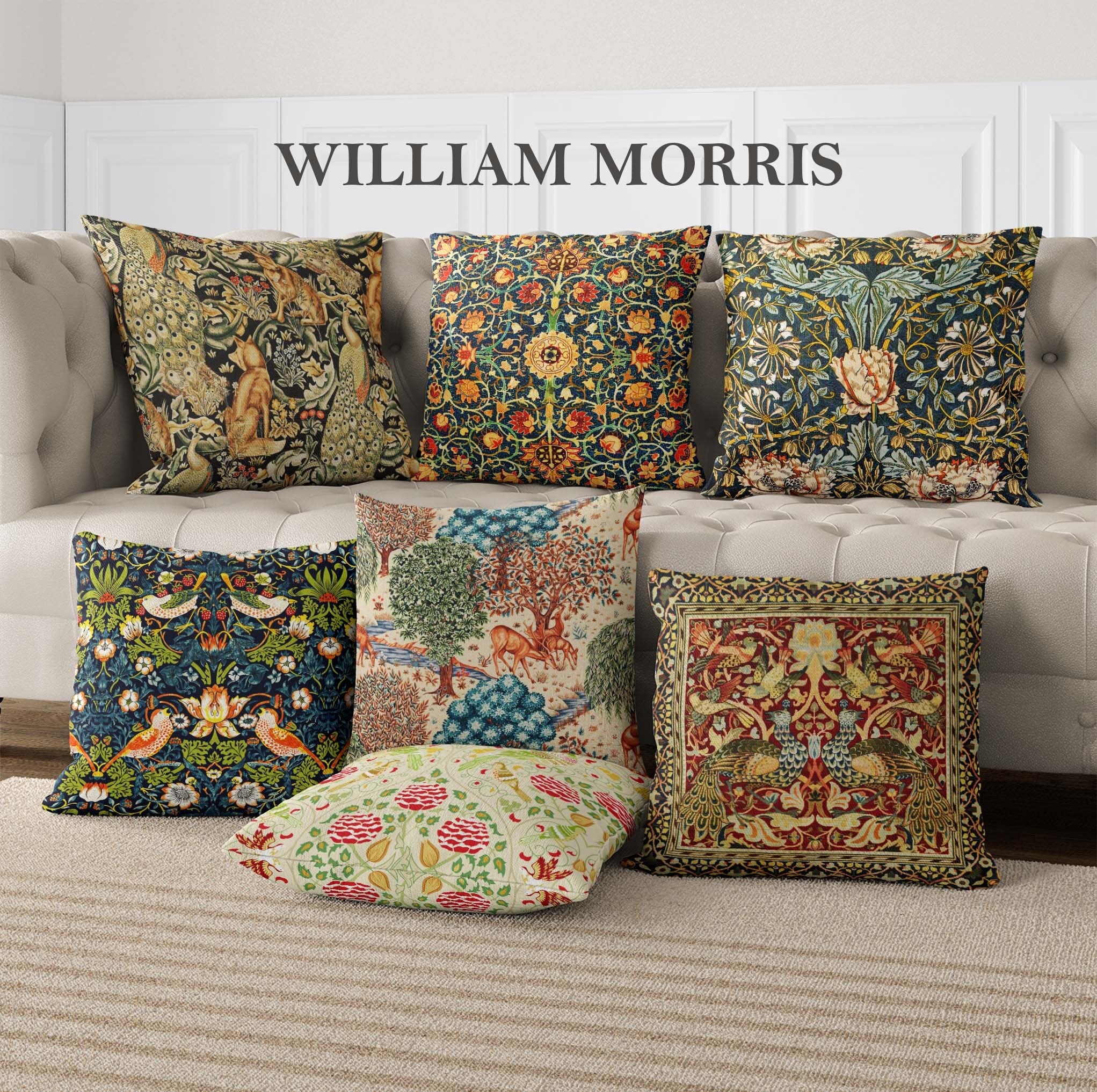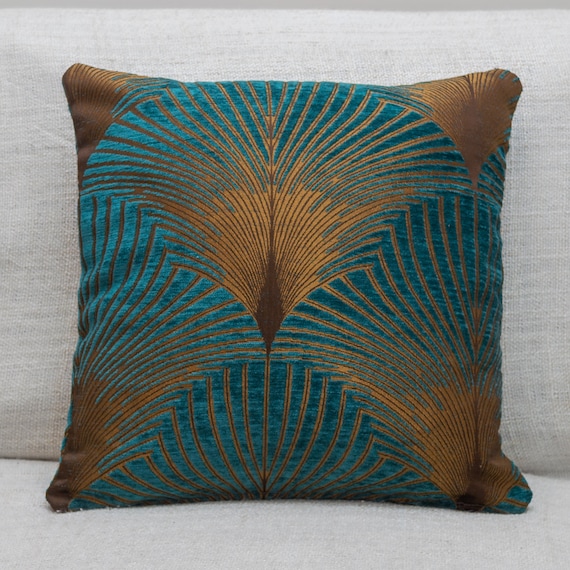Unique Art - The Facts
Unique Art - The Facts
Blog Article
4 Simple Techniques For Unique Art
Table of ContentsUnique Art Can Be Fun For AnyoneGetting My Unique Art To WorkThe Facts About Unique Art UncoveredThe Best Guide To Unique ArtThe Only Guide for Unique Art
While one may dispute which art kind holds priority, the reality stays that each of these 7 types gives a special window into human history, society, and development. Unique Art. They are the tapestries that chronicle our trip, reminding us of our past while motivating visions for the future
3 Emil DervishIn this entranceway by Emil Dervish that beautiful cobalt blue door takes the show. To bring also extra dramatization, he expanded the paint. to the doorframe and the wall surface up, completing in a curved shape (Unique Art). The contours, in addition to a round sconce, soften the sides. Then structures vintage posters and maps of beloved locations set the scene.
An Unbiased View of Unique Art
8 TRIA GIOVANEqual parts grand and laidback, this entrance hall made by Anthony Baratta is the perfect plan to adhere to if you're embellishing an official entryway that still feels unfussy and comfy. Formed fabrics take facility stage (see the carpetings and the couch), but they additionally aid bring the high ceilings down to a human scale when hung over wallpaper.
18 Heidi Caillier DesignA gallery wall doesn't need to take up the whole space. Often a small one can make a bigger design declaration. In this living room, Hiedi Caillier decided for micro-mini structures and a random structure.
, the expression of concepts and feelings, with the creation of specific aesthetic qualities, in a two-dimensional visual language. The components of this languageits forms, lines, colours, tones, and texturesare utilized in numerous methods to produce experiences of quantity, area, movement, and light on a flat surface. These aspects are integrated right into expressive patterns in order to stand for genuine or supernatural phenomena, to translate a narrative style, or to produce entirely abstract aesthetic partnerships.
Later on the idea of the "great artist" created in Asia and Renaissance Europe. Famous painters were afforded the social condition of scholars and courtiers; they signed their work, determined its official statement design and often its subject and imagery, and established a more personalif not always amicablerelationship with their clients. Throughout the 19th century painters in Western societies began to lose their social position and safe and secure patronage.
The Facts About Unique Art Revealed
Others made a revenue via touring exhibits of their work. The demand to appeal to a market had actually changed the similar (if less impersonal) demands of patronage, and its result on the art itself was probably comparable. Usually, musicians in the 20th century could reach an audience just via commercial galleries and public galleries, although their job might have been periodically recreated in art periodicals.

Do not copy the style of other artists if you're looking for your style. Copying other individuals's art work can be terrific in instructional functions however it will certainly not make you closer to locating your own one-of-a-kind design. Your creative design has to be, what you such as and what inspires you.
4 Simple Techniques For Unique Art
I would consider your own design as a style you repaint in naturally, when you release all thoughts and guidelines and simply concentrate on painting, not thinking of it. The style needs to come normally to you when you are unwinded and you can't force it or it will not be your own style, simply somebody else's.
You need to attempt great deals of various alternatives and explore every little thing prior to you can concentrate on one certain style or you'll be bored, or even worse, you'll hate your own style. So I recommend you to attempt every solitary topic that you have an interest in, discover as long as you can. Attempt various tools that thrill you and new methods you've never ever tried before.
With time you'll have the ability to arrange every one of them right into your preferred and least favored groups. Attempt to concentrate your attention on the subjects and mediums that you like and before you see it coming you'll have your own personal and special design, like no one else have! So in the long run you'll have a few favorite topics to repaint and perhaps a couple of preferred tools (Unique Art).
Unique Art - Truths
The design has to develop itself gradually with a great deal of practice and experiments. Thanks for reading this message and if you have go right here any kind of concerns leave them in the comments listed below, I 'd enjoy to address these.
Report this page